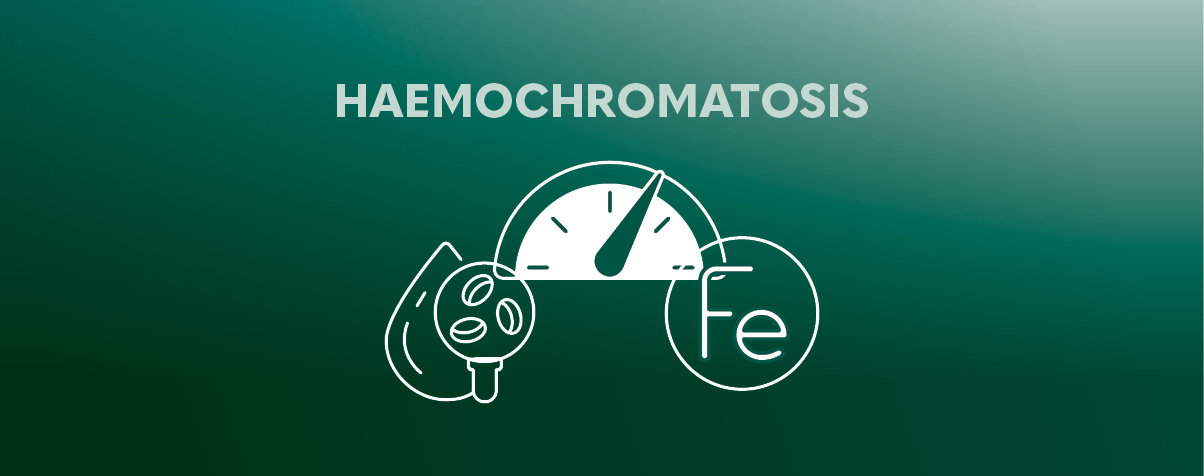09/08/2022
Iron is essential to our health and wellbeing. It is key to the generation of healthy red blood cells, which carry oxygen around the body; we cannot survive without it. However, too much iron can be toxic. Genetic haemochromatosis is an inherited condition that causes too much iron in the body, also known as iron overload. People with haemochromatosis continue to absorb iron from the food they eat despite gradually increasing iron stores. Over time, iron begins to accumulate in organs and tissues throughout the body, including the liver, heart, joints, hormone-producing glands, and skin. As the condition advances, complications such as liver disease, arthritis, diabetes and heart disease can develop. However, through analysing DNA and liver levels within our blood, an early haemochromatosis test means that if diagnosed and treated early, complications can be prevented.
Haemochromatosis rarely causes symptoms during the early stages of iron overload; therefore, it can remain undiagnosed for many years. Additionally, symptoms can be vague and non-specific.
Early Signs and Symptoms of Haemochromatosis can include:

- Fatigue, weakness, low energy
- Bronzing of the skin
- Abdominal pain or discomfort

- Joint pain and swelling
- Erectile dysfunction in men
- Irregular or absent periods in women
How common is Genetic Haemochromatosis?
Genetic haemochromatosis is one of the most common genetic conditions found in people of European descent and over 95% of people with the condition have mutations in the HFE gene. As many as 1 in 10 people in the UK and Ireland carry a defective copy of the HFE gene. Often described as the “Celtic Curse”, hereditary haemochromatosis is particularly prevalent among Irish, Scottish and Welsh people.
To be at risk of developing iron overload, a person must inherit two copies of the defective gene, one from each parent. Iron overload does not develop in individuals who inherit only one defective copy of the gene; instead, these people are carriers and can pass the defective gene on to their children.
Genetic testing for mutations within the HFE gene is used to diagnose genetic haemochromatosis in people with evidence of iron overload. Once diagnosed, Haemochromatosis UK recommend screening of family members to identify those who may be at risk of developing iron overload.
How do we detect Iron Overload?
Blood iron tests can identify the signs of iron overload, even before symptoms begin. Two key tests for identifying iron overload are ferritin and transferrin saturation. Ferritin is a protein that binds and stores iron inside your cells, while transferrin is a protein that transports iron in the blood. As iron levels rise, transferrin saturation and ferritin levels increase in an attempt to manage the increasing amounts of iron present in the body.
How A Haemochromatosis Test Could Improve your Quality of Life.
Undiagnosed and untreated Genetic Haemochromatosis can have a considerable impact on quality of life. However, if affected individuals receive appropriate treatment before the onset of diabetes or liver damage, life expectancy is normal. Treatment can involve regular blood donation to deplete iron stores and monitoring to maintain a safe iron level. Randox Health provide purposely designed to help you understand not just your risk of Haemochromatosis but the risk that applies to close family too. With genetic consultation and a comprehensive yet easy to interpret report, a Genetic Haemochromatosis test can grant you peace of mind or actionable insights to improve your standard of living.




